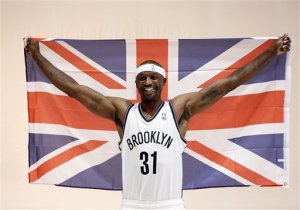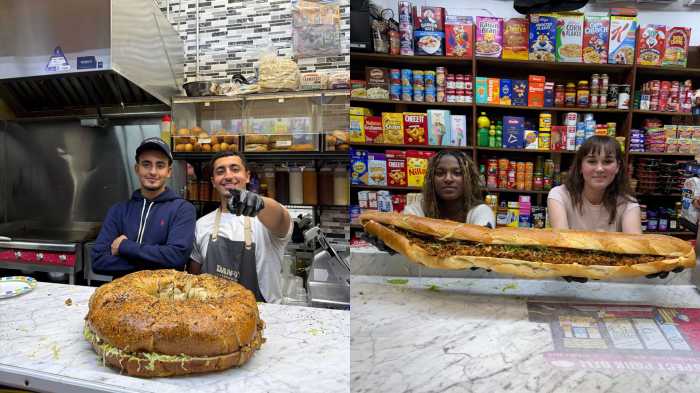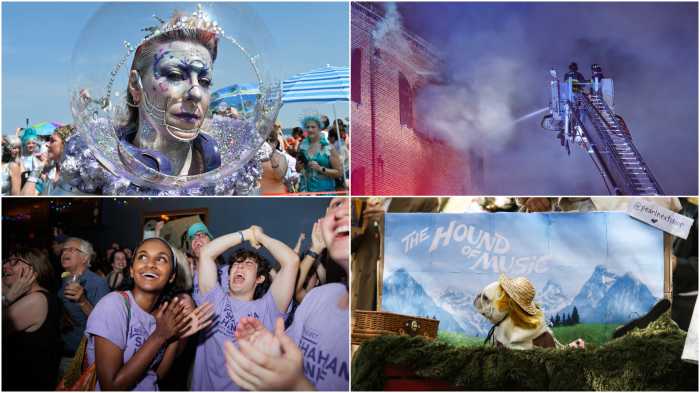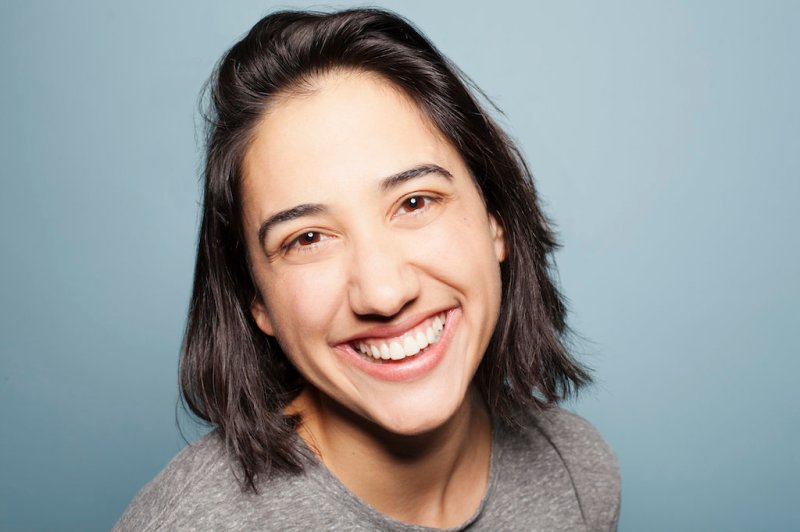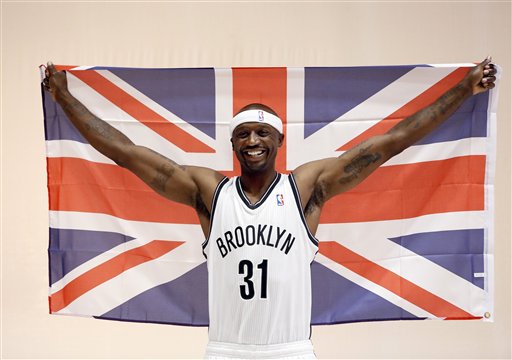
Position: PG/SG
Height: 6’3”
Weight: 180
Years Pro: 14
Hometown: Seattle, WA
Prior to NBA: University of Arizona
Twitter: @jasonterry31
Projected Wins Above Replacement: 0.5
Analysis
Those who watched Jason Terry closely last season said his production spiraled downwards. From a pure shot-taking standpoint, that’s true; Terry took five fewer shots per game in Boston than he did the prior season in Dallas, and a career-low 11 field goal attempts per 36 minutes. But all other aspects of his shooting were largely unchanged: his two-point percentage, three-point percentage, and turnover rate were all ticks away (either above or below) his career averages. He was effectively the same shooter, he just shot in different ways.
Terry sat most of preseason following knee surgery over the summer, which he said was just to “clean up” some things that an average 36-year-old’s knee would have. He returned to full-contact practice and will make his debut Wednesday against his former team, the Boston Celtics.
Terry has altered his game significantly in the past two seasons, code-switching from an all-around scoring threat to a spot-up three-point shooter that occasionally attacks the basket. He’ll probably continue to shy further and further from the rim. You can see the trend in the past two seasons in this graph, which charts the percentage of Terry’s field goal attempts that are three-pointers in each season of his career:
(Note: that’s not three-point percentage, that’s the percentage of total field goals taken that are three-pointers. For example, if you mouse over the last button, you’ll see that over 51% of Terry’s shots last year were three-point shots.)
Terry’s notable impact may not come on the court. He’s known as a wacky, braggadocios scorer, the Jet who delivers big words and bigger shots. He famously inked the Larry O’Brien Championship Trophy on his arm before the 2010-11 season, as a message that the unheralded Dallas Mavericks would win the title that year. His confidence in himself and his teammates is off the charts, and when things go well, he celebrates with his famed routine.
Defensively, Terry leaves much to be desired. He’s undersized, and his knee surgery and advanced age means his lateral quickness isn’t getting better. But his familiarity with Kevin Garnett and Paul Pierce, as well as head coach Jason Kidd (the two played together on that Mavericks championship team) may give him a smoother learning curve with the team’s defensive schemes.
Originally, I thought the Nets traded for Terry as a backup guard to spell Deron Williams and play C.J. Watson’s “shooter-facilitator” role. He can do everything Watson did, except funnier and with less death threats from Floyd Mayweather. He will, at least, improve Brooklyn’s diplomatic relations. But with Shaun Livingston looking healthier than ever, it looks like Terry will be relegated to backup swing guard duty, splitting minutes with Livingston and Alan Anderson.
To Make The Most Of This Year, Terry has to… talk a big game with his teammates without trying to play bigger than them. Terry has a knack for hitting big shots, but on a team with this much offensive firepower, they’re not going to need him to create them. According to mySynergySports, Terry shot a respectable 39.3% on spot-up three-pointers last season, and about half of his three-pointers were of the spot-up variety. When he plays with the starting unit, Terry needs to plant himself in the corners (he shot 49.1% from the right corner three last season) and wait for his moment; when he’s with the bench, he’ll have more room to facilitate.
| Previous: Joe Johnson | Next: Andrei Kirilenko |
| Shaun Livingston | Deron Williams | Tyshawn Taylor | Alan Anderson | Joe Johnson | Jason Terry | Andrei Kirilenko | Paul Pierce | Tornike Shengelia | Reggie Evans | Kevin Garnett | Mirza Teletovic | Andray Blatche | Brook Lopez | Mason Plumlee |

